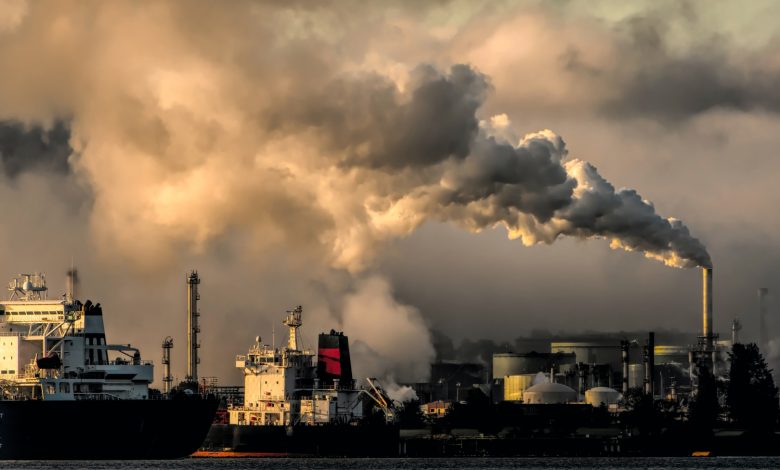Emissions From Fossil Fuel Sector Are Grossly Undercounted
Methane is the main component of natural gas, and when released unburned into the atmosphere it acts as an extremely powerful greenhouse gas

The latest study suggests that emissions from the fossil fuel sector – oil & gas may be grossly undercounted. The airborne methane surveys of oil and gas systems continue to discover large emissions that are missing from official estimates. It was discovered that Oil and gas producers in major oil fields across the United States may be emitting three times as much planet-warming methane gas as official estimates, according to new research published in Nature.
For the study, researchers at Stanford University, Kairos Aerospace and other labs looked at about one million measurements gathered from aerial surveys over six oil- and gas-producing regions. Using those measurements, along with computer modeling, they found that oil and gas operations in those regions released an estimated 6.2 million tons of methane a year. Comprising 52% of onshore oil and 29% of gas production over 15 aerial campaigns.The six-region weighted average is 2.95% (95% CI 2.79%, 3.14%), or roughly three times the national government inventory estimate.
Methane is the main component of natural gas, and when released unburned into the atmosphere it acts as an extremely powerful greenhouse gas. It can warm the planet more than 80 times as much as the same amount of carbon dioxide over a 20-year period.
The release of methane — often through leaks at well sites or gas processing plants, along pipelines or in other energy facilities — is bad news for global warming, which is already causing higher sea levels, fiercer storms, more intense droughts and a greater loss of biodiversity around the world.
In some parts of New Mexico, more than 9 percent of the natural gas produced was escaping into the atmosphere, researchers said in the study.
The writer of this article is Dr. Seema Javed, an environmentalist & a communications professional in the field of climate and energy




